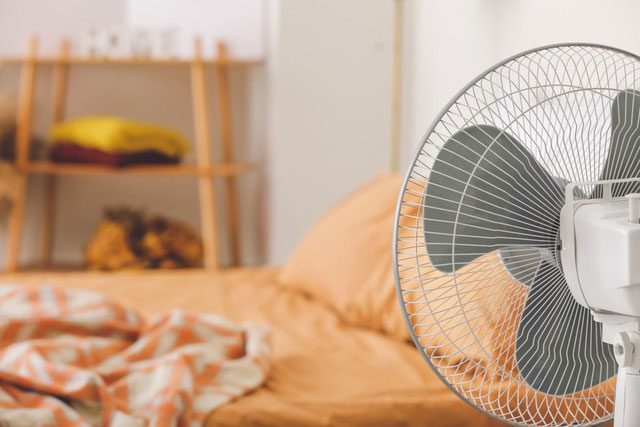What is the Ideal Air Conditioner Temperature for a Good Night’s Sleep?
Restlessness, poor sleep quality, or insufficient sleep is a common issue for many, especially on hot nights. But what temperature should you set your air conditioner to ensure a restful sleep?
A recent study conducted by Harvard Medical School involved a group of 50 volunteers over the age of 60 in Boston, USA.
Their bedrooms were equipped with temperature and humidity sensors, and they wore a ring-like device to monitor their sleep patterns, skin temperature, heart rate, and movements.
After collecting data on sleep and environmental conditions over 11,000 nights per person, researchers analyzed the results and found that the optimal temperature range for older adults to achieve the best sleep quality is between 20°C and 25°C.

Sleep quality decreases by 10% when the temperature rises from 25 to 30 degrees Celsius.
When the temperature increases from 25°C to 30°C, the sleep efficiency of participants (the duration they slept after getting into bed) decreased by as much as 10%.
This difference is significant because previous studies have shown that a 10% reduction in sleep efficiency is enough to impair brain function, increase stress, anxiety, and fatigue, and adversely affect blood sugar control the following day.
The study leader, engineer Amir Baniassadi, also noted that while a temperature of 20 to 25°C promotes the best sleep, there is still “a considerable variation among individuals, meaning everyone has their own optimal temperature range for sleep, which can even change over time.”
Besides using an air conditioner, what other methods can improve sleep in the context of climate change?
Engineer Amir Baniassadi emphasized, “As we grapple with the broader impacts of climate change, we must not overlook its potential and long-lasting effects on fundamental aspects like sleep.”

We can make small adjustments to optimize sleep.
The aforementioned study also identified measures to enhance home temperature comfort, including exploring solutions beyond air conditioning.
Adjusting the temperature of homes through reflective paint and insulation materials is the most specific method, though it can be costly. Baniassadi and his colleagues recommended making small adjustments to optimize sleep.
For example, improving air circulation, choosing lightweight sleepwear, and installing solar energy systems to utilize affordable electricity for temperature regulation.
Baniassadi concluded: “In the face of climate change, these actions are not just proactive measures but essential adaptations to ensure our health and happiness.”


















































